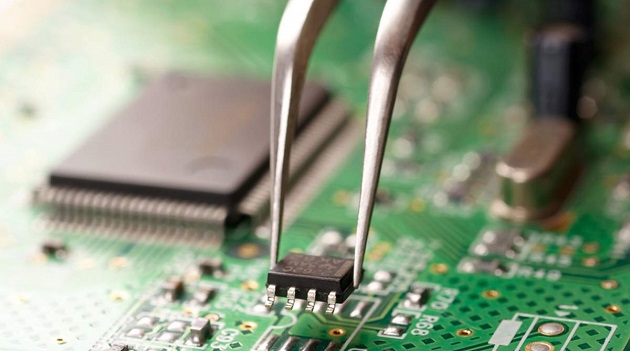The global NB-IoT chipset market is expected to register a global CAGR of 40.8% during 2018 – 2028, with Western Europe and North America in conjunction accounting for approximately 30% market value shares by the end of the forecast period.
Study delivers key insights on the global NB-IoT chipset market in its report titled “NB-IoT chipset Market: Global Industry Analysis 2015 – 2017 and Opportunity Assessment 2018 – 2028.” The global NB-IoT chipset market is expected to be highly attractive in terms of incremental opportunity owing to the high CAGR associated with the market value. On the basis of the deployment model, the in-band segment is expected to register attractive growth over the forecast period in the global NB-IoT chipset market. Moreover, the same segment is also expected to dominate the global NB-IoT chipset market in terms of value throughout the forecast period.
On the basis of device, the trackers segment is expected to witness growth in terms of value during the forecast period in the global NB-IoT chipset market. Based on the industry vertical, the infrastructure & building automation and automotive & transportation segments are estimated to hold a considerable share in 2018 in terms of market share in the global NB-IoT chipset market.
The global annual revenue from NB-IoT chipsets was valued at US$ 4,832.1 Mn by the end of 2017, which is expected to grow at a significant pace over the coming years. With the progression of time, a declining y-o-y growth trend is expected in the latter half of the forecast period. The dominating regions, i.e., North America, China, SEA & Other of APAC, and Western Europe, are expected to collectively account for a majority share of the global NB-IoT chipset market. The North America NB-IoT chipset market, the APAC (including China and Japan) NB-IoT chipset market, and the Western Europe NB-IoT chipset market are likely to dominate the global NB-IoT chipset market over the forecast period.
As NB-IoT technology enables a connected devices M2M environment across different regions even in the absence of efficient internet connectivity, a high demand for the same has been witnessed from end-users, especially across developing countries. This, as a result, is boosting the number of initiatives for the implementation of an NB-IoT networks and the adoption of NB-IoT chipsets in the ecosystem. Owing to the aforementioned factors, various initiatives have been undertaken by the governments of various developing regions/countries to enable an NB-IoT network with the help of NB-IoT chipsets and modules.
Thus, the global NB-IoT chipsets market is expected to witness a significantly high CAGR during the forecast period. As NB-IoT is a sub-segment of cellular IoT, it is also expected to drive the cellular IoT market in terms of value. When segmented in terms of chipsets and modules, NB-IoT chipsets are expected to hold the maximum market share in the global cellular IoT market. Since the inception of NB-IoT chipsets, high investments for the development of an infrastructure that enables the implementation of NB-IoT networks has been witnessed in the global market. Among all the applications, the maximum adoption of NB-IoT chipsets is witnessed for smart meters. Besides smart meters, a significant adoption of NB-IoT chipsets has been witnessed for security purposes, for enabling smart cities, and for smart parking systems. Various regions & countries, such as India and Western European countries, are investing heavily in agriculture, and have adopted NB-IoT chipsets for enabling smart irrigation systems.
According to analysis, due to the growth opportunities associated with the global NB-IoT chipsets market and the presence of moderate number of NB-IoT chipset manufacturers in the region, various semiconductor vendors are focusing on stepping into the global NB-IoT chipsets market in collaboration with various solutions and service providers. Examples of some of the market participants in the global NB-IoT chipset market report are Huawei Technologies Co., Ltd., Intel Corporation, Qualcomm Technologies Co., Ltd., u-Blox Holding AG, ARM Holdings AG, SEQUANS, Nordic Semiconductor, Altair Semiconductor, Sierra Wireless, and Quectel Wireless Solutions.
Click here for more information







